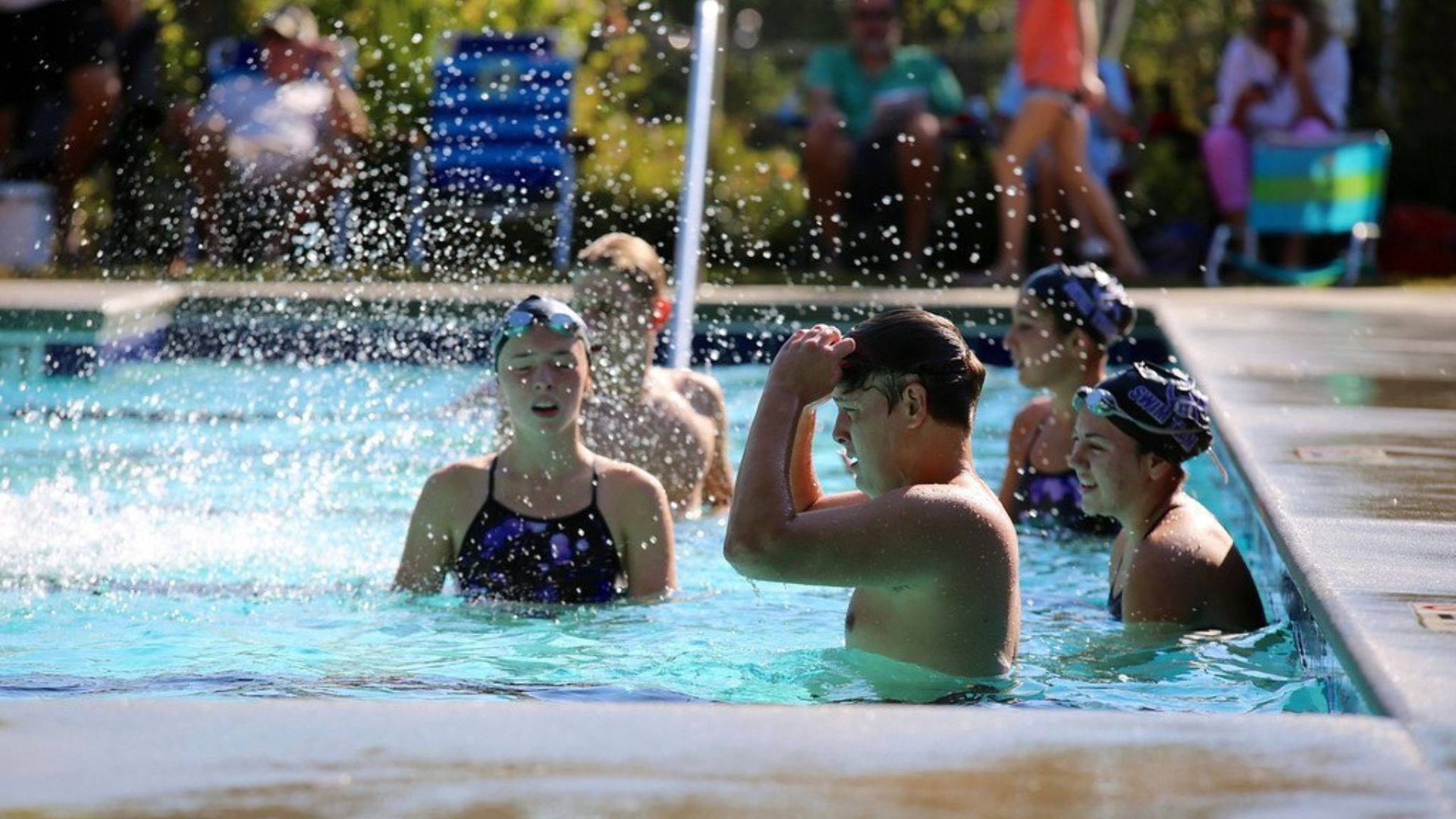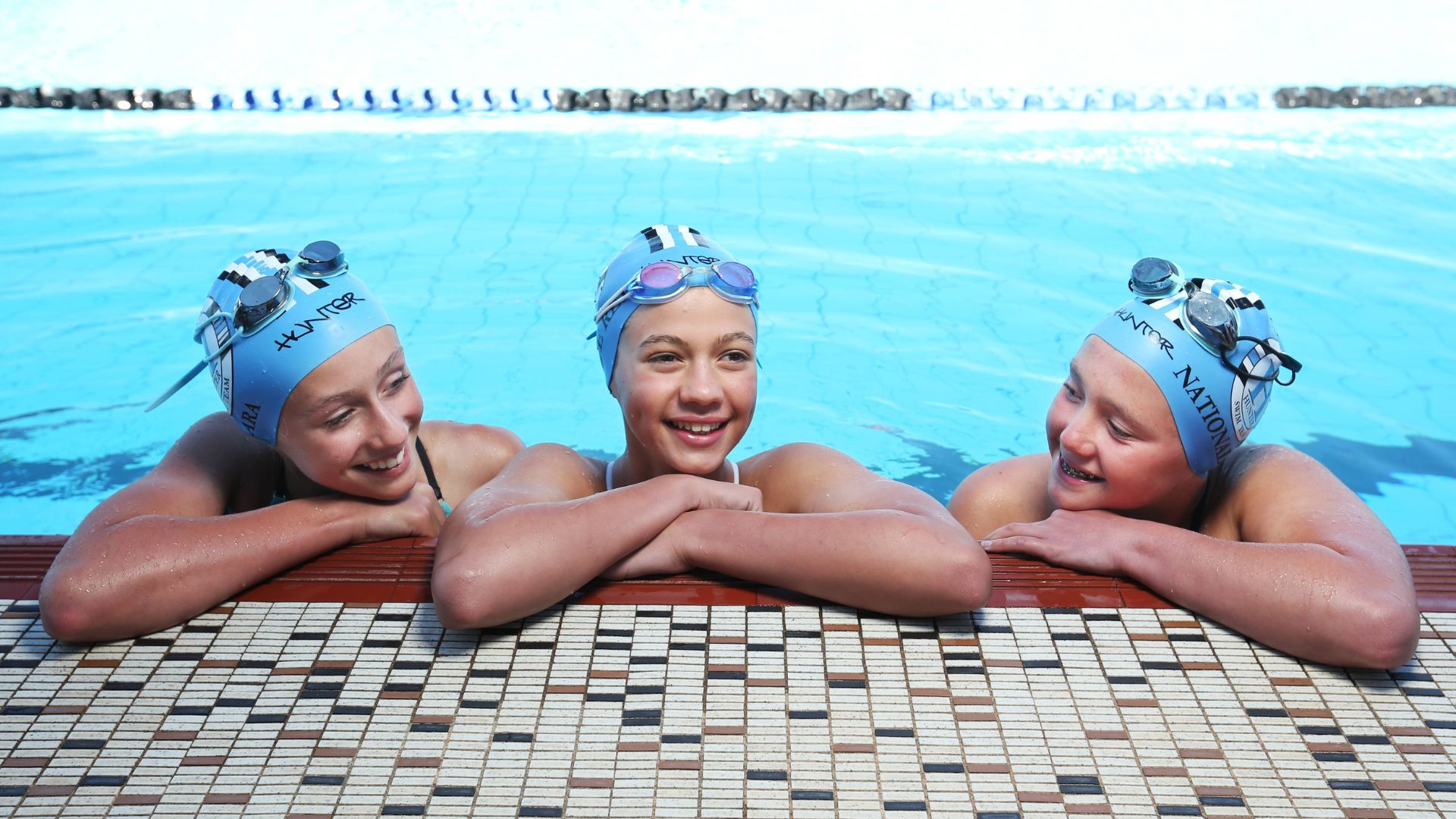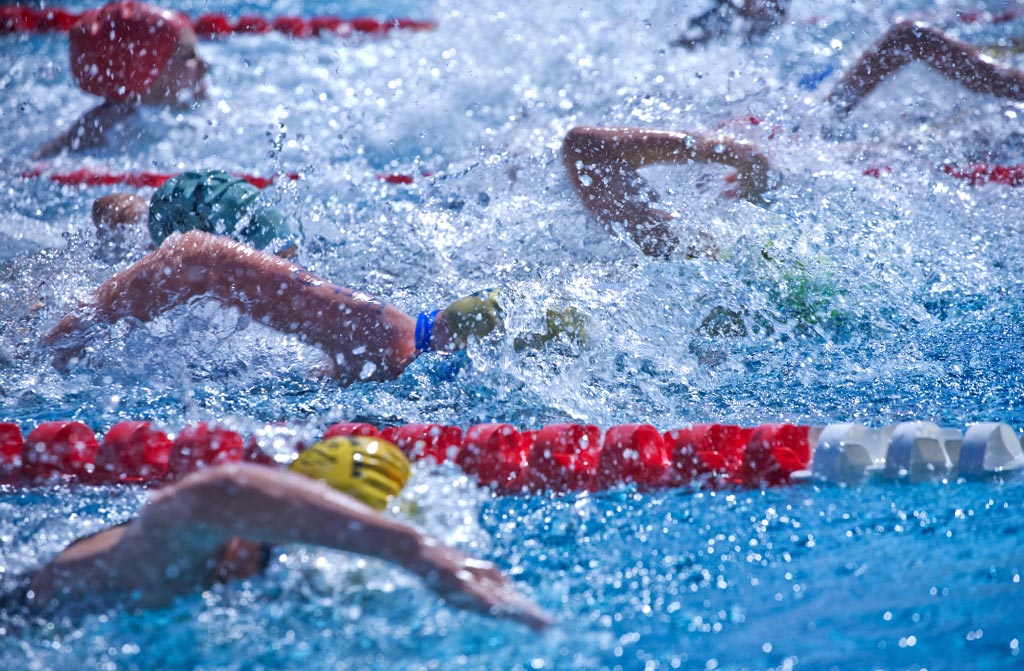Swimming is not only a refreshing recreational activity but also a great form of exercise. Whether you’re an avid swimmer or just getting started, prioritizing safety in the water is essential. By following these swimming safety tips, you can ensure a safe and enjoyable experience every time you take a dip.
Understanding Swimming Safety
Before diving in, it’s crucial to understand what swimming safety entails. Swimming safety encompasses a range of practices and precautions designed to prevent accidents and promote responsible aquatic behaviour. Whether you’re swimming in a pool, lake, or ocean, these tips are universally applicable.

Importance of Proper Training
One of the fundamental aspects of swimming safety is receiving proper training. Learning swimming techniques under the guidance of certified instructors not only improves your skills but also teaches you essential safety measures. Understanding how to float, tread water, and perform basic strokes can prevent panic in challenging situations.
Essential Swimming Safety Gear
Having the right gear is another crucial component of swimming safety. Always wear appropriate swimwear and consider using additional safety equipment such as goggles to protect your eyes and a swim cap to keep your hair away from your face. In open water or during water sports, a properly fitted life jacket is indispensable, especially for inexperienced swimmers or children.
Preparing for Your Swim
Prepare yourself physically and mentally before entering the water. Stay hydrated, stretch your muscles, and ensure you’re well-rested. Avoid swimming alone, particularly in unfamiliar or open water environments, and always inform someone of your swimming plans and estimated return time.
Techniques for Safe Swimming
Safe swimming begins with understanding your abilities and limitations. Start with shallow water if you’re a beginner and gradually progress to deeper areas as your confidence and skills improve. Practice proper breathing techniques, maintain good posture, and avoid overexertion to prevent fatigue and potential accidents.
Water Environment Awareness
Different aquatic environments pose unique challenges. In a pool, be mindful of diving rules, pool depths, and lane etiquette. When swimming in natural bodies of water like lakes or oceans, be aware of currents, tides, and underwater obstacles. Always respect posted signs and lifeguard instructions for your safety.
Emergency Preparedness
Even with precautionary measures in place, emergencies can unexpectedly arise. Being prepared to respond effectively can make a crucial difference in such situations. It’s essential to learn basic water rescue techniques, such as reaching or throwing assists, which can help safely bring someone in distress to shore without endangering yourself.
Additionally, familiarizing yourself with CPR (Cardiopulmonary Resuscitation) procedures is vital. This life-saving skill can be the difference between life and death in a water-related emergency. Knowing how to perform CPR correctly and promptly can help maintain blood circulation and oxygenation until professional help arrives.
Lastly, having a basic understanding of first aid equips you to handle injuries or medical emergencies that may occur in or around the water. Being prepared with these skills not only enhances your safety awareness but also empowers you to assist others effectively when it matters most.
Conclusion
In conclusion, swimming is indeed a fantastic activity, providing not only physical fitness benefits but also enjoyable moments of relaxation and recreation. However, to fully appreciate these benefits, it’s crucial to prioritize safety in and around water. By adhering to the swimming safety tips outlined above, you not only improve your swimming proficiency but also significantly reduce the likelihood of accidents.
It’s important to understand that swimming safety is not solely about personal responsibility; it’s also about fostering a secure environment for all water enthusiasts. By staying informed about water conditions, preparing adequately before swimming, and being aware of emergency procedures, you contribute to creating a safer swimming environment for yourself and others. Whether you’re swimming in a pool, lake, or ocean, these precautions ensure that you can enjoy your swim with confidence, knowing you’ve taken the necessary steps to stay safe.
So, embrace the joy of swimming while keeping safety at the forefront of your aquatic adventures. Stay prepared, stay aware, and make every swim a safe and rewarding experience for yourself and those around you.



